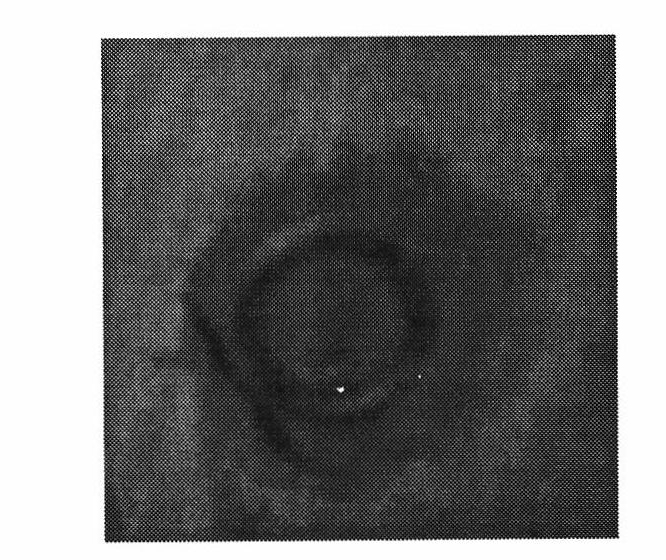Construction of gene engineering bacteria for expressing recombinant cationic antimicrobial peptides (AMPs) G13 escherichia coli
A technology of genetically engineered bacteria and Escherichia coli, which is applied in the fields of genetic engineering and biology, can solve the problems of small proportion of target fragments and reduced actual expression yield of target fragments, etc., and achieves the effects of increased expression, convenient separation and purification, and inhibition of toxicity.
- Summary
- Abstract
- Description
- Claims
- Application Information
AI Technical Summary
Problems solved by technology
Method used
Image
Examples
Embodiment Construction
[0038] figure 1 , 2 The principle and production process of constructing cationic antimicrobial peptide G13 Escherichia coli genetically engineered bacteria are shown, and the steps are as follows:
[0039] 1. Synthetic antimicrobial peptide gene:
[0040] G13 was synthesized by Shanghai Sangon Biotechnology Co., Ltd. using a solid-phase phosphoramidite triester method with a DNA synthesizer;
[0041] 2. Gene amplification:
[0042] Using the synthesized G13 sequence as a template, an EcoR I restriction site and a Met codon are added to the upstream primer, and a Sal I restriction site and a stop codon are added to the downstream primer; the primers are as follows: G13F: 5'-AGAATTCATGCAGCGTTCTGTGTCTAAC-3', G13R : 5'-ATTGTCGACTTACCAACGAGAACGACCAG-3', reaction conditions: 94°C for 30s, 62°C for 15s, 72°C for 15s, 30 cycles, 72°C for 10min, the PCR product was detected by 1% agarose electrophoresis, and the G13 fragment was recovered by the kit;
[0043] 3. Cloning and transf...
PUM
 Login to View More
Login to View More Abstract
Description
Claims
Application Information
 Login to View More
Login to View More - R&D Engineer
- R&D Manager
- IP Professional
- Industry Leading Data Capabilities
- Powerful AI technology
- Patent DNA Extraction
Browse by: Latest US Patents, China's latest patents, Technical Efficacy Thesaurus, Application Domain, Technology Topic, Popular Technical Reports.
© 2024 PatSnap. All rights reserved.Legal|Privacy policy|Modern Slavery Act Transparency Statement|Sitemap|About US| Contact US: help@patsnap.com










